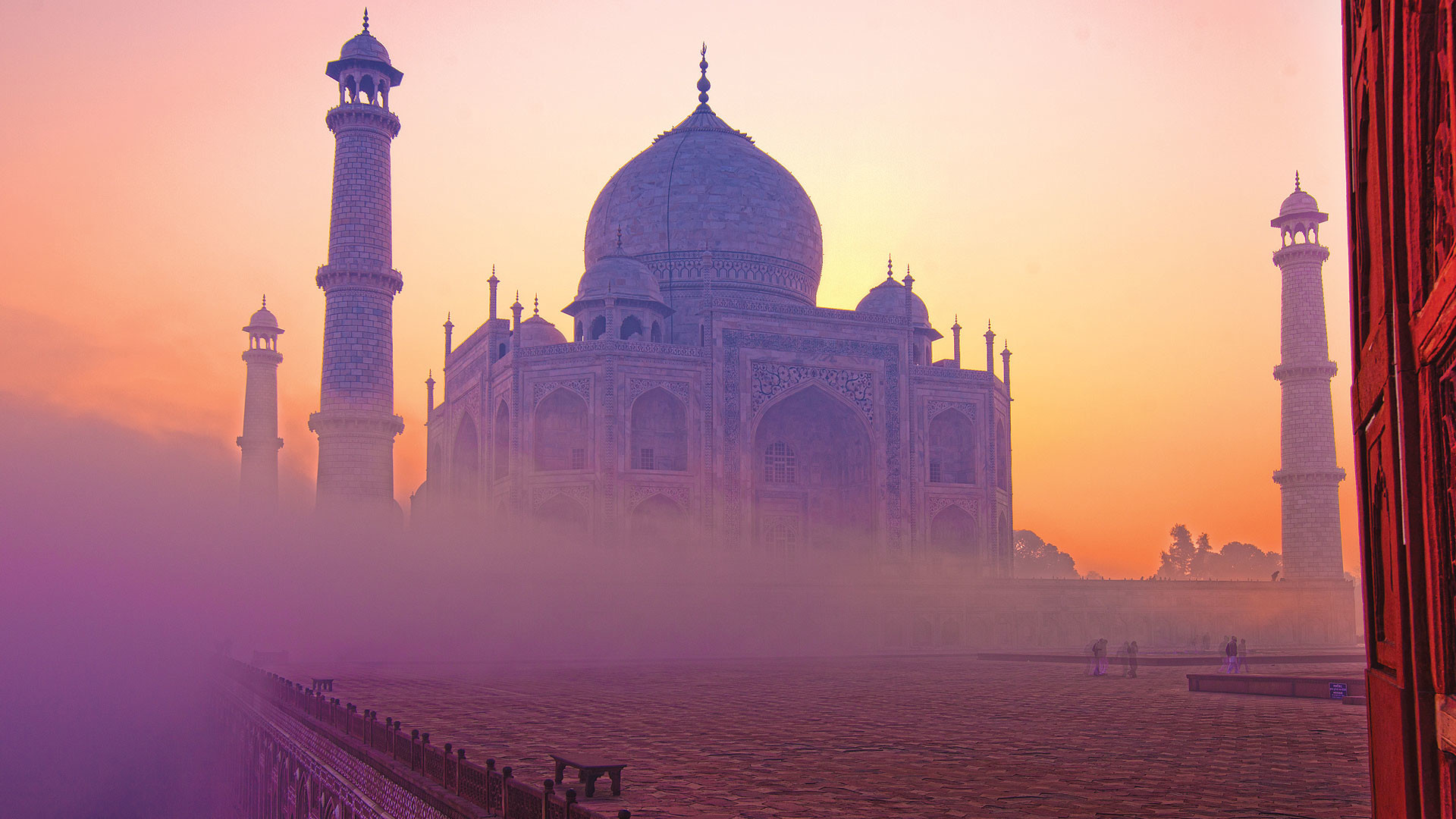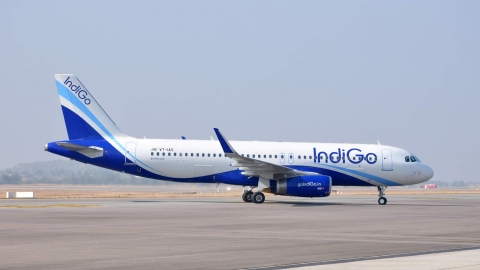With a population of 26 million, Delhi is described as a microcosm of India, a repository of many of the country's cultural, religious and traditional values. Centuries of global trade, invasions and colonization have made it one of the world's most multicultural cities.
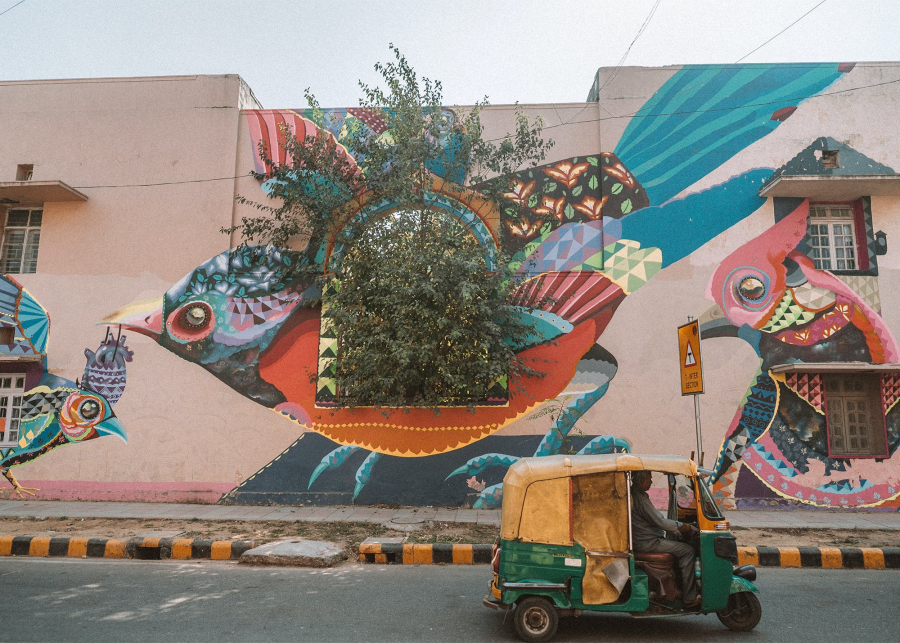
And the residents who adapt to this ever-changing culture are affectionately called “Dilliwalas” – which is how the locals here often refer to themselves, derived from the phrase “Dillwalo ki Dilli”, meaning a land of people with open hearts.
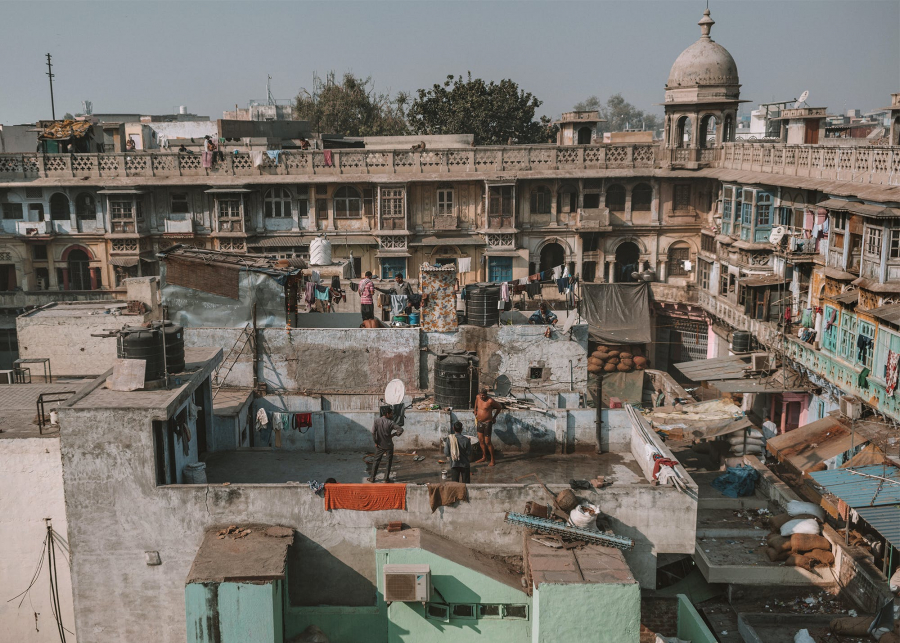
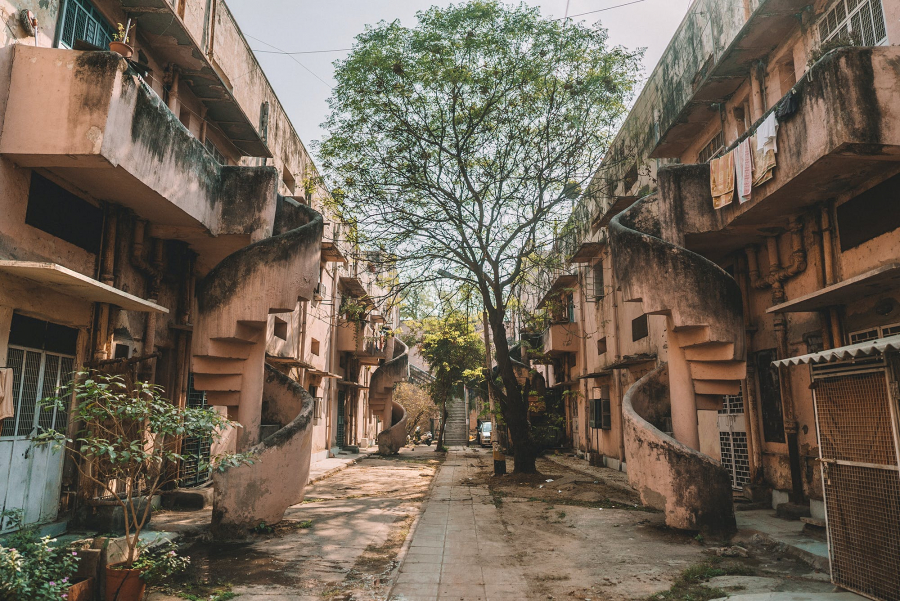
Endless festival
This diversity makes it easy to find your own little corner. "The atmosphere of Delhi is a bit like the atmosphere in a cozy cafe," says Nishchal Dua from New Delhi (a region within Delhi and the capital of India). "You can smell so many flavors the moment you walk in and you can pick and choose what you like.
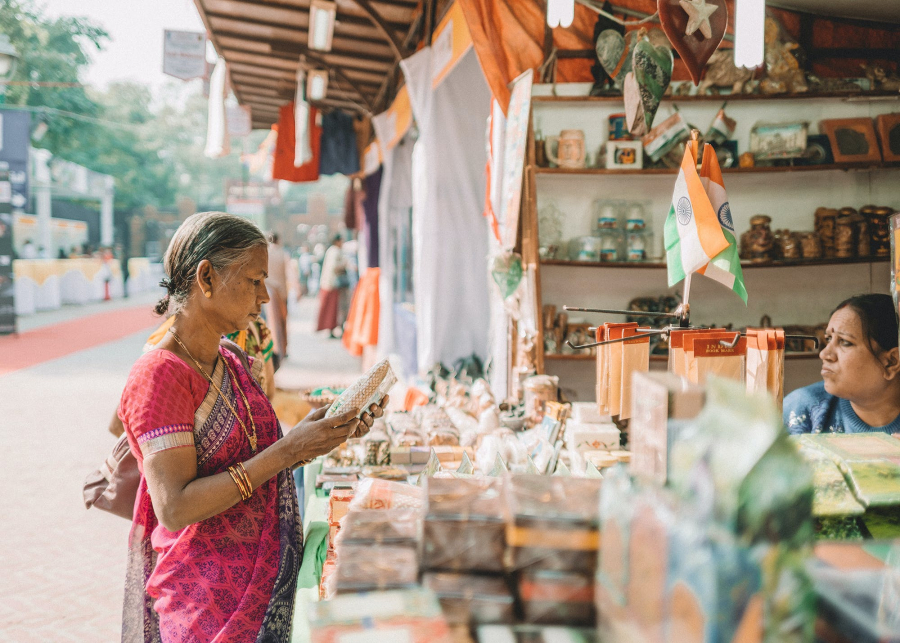


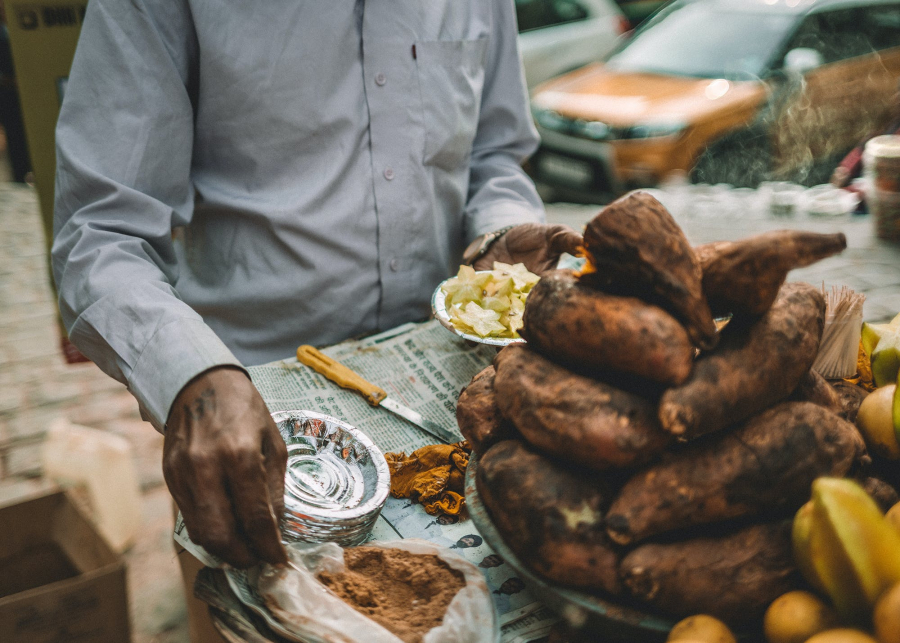
“It’s the political and fashion capital of the country, which makes it feel like New York meets Washington DC,” says Anjhula Mya Singh Bais, who has lived in New Delhi for six years. This means it can be harder to blend in than other Indian cities. “Delhi is a place that cares about who you are, where you come from, what you wear, what you drive, so it takes time to settle in,” she says.
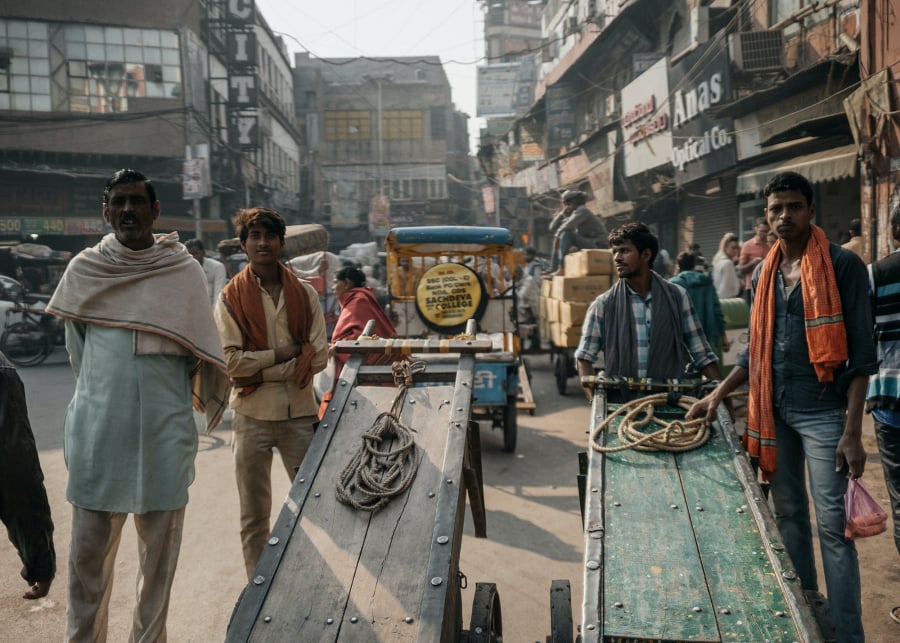
Despite their diversity, Delhi's young and old have one thing in common: they love to party. Weddings here can last five to 10 days, with up to 1,000 guests attending the festivities and traditional ceremonies. While weddings in this country are multi-day affairs, Delhi is known for having as many as 60,000 weddings on a single auspicious day. Weddings have become so extravagant that lawmakers have passed laws to curb overspending. "It's not unusual to see the groom arriving by helicopter on the big day," Dua says. "I'm not kidding, my father is a pilot."
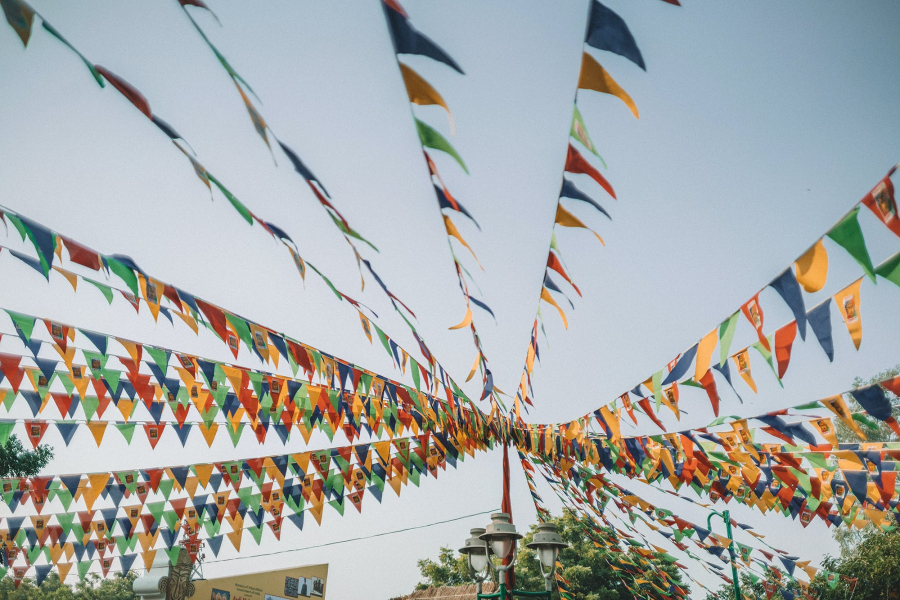
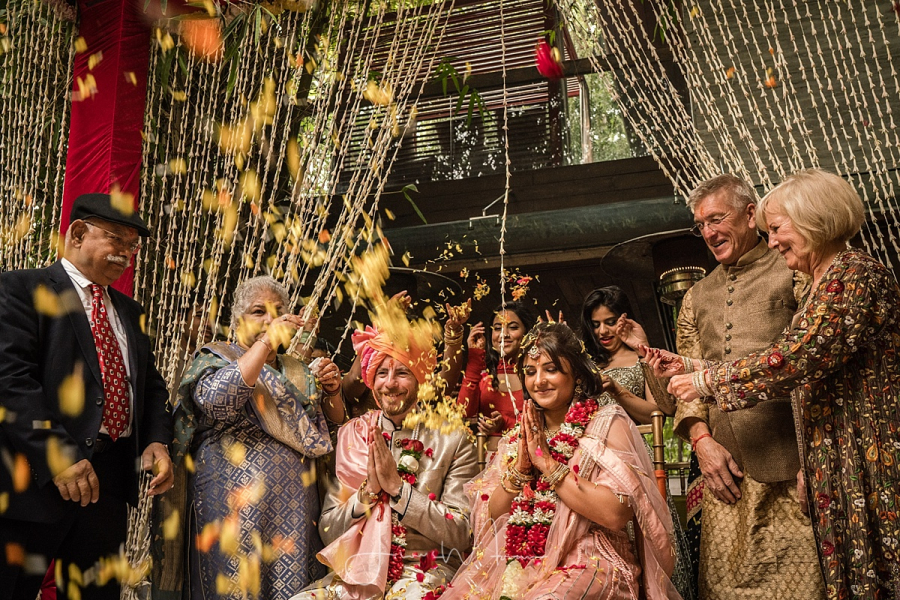
With over a million weddings in the city each year, lavish and raucous weddings make up the social life of a large segment of the population, but a more Western and youthful scene can be found in the bars and restaurants. The city has a deep culinary culture, with a diverse range of flavours and constantly open eateries like The Social in Hauz Khas Village, a co-working space with a wide range of cocktails, Prohibition-inspired cocktail bar Public Affair, or the European-style Civil House in Khan Market.
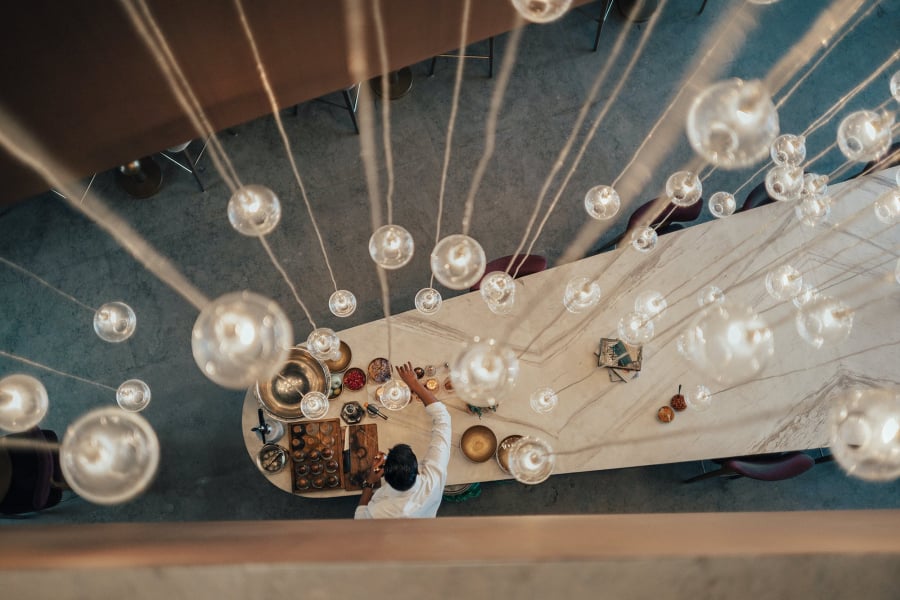
Wandering around Delhi
Delhi is a vast city, but the famous Old Delhi section has retained much of its history, including the 350-year-old Chandni Chowk market. “Walking into the oldest markets, temples and pagodas, you will see Delhi as it was 100 years ago,” says Komal Darira, a Delhi native and local guide.

350-year-old Chandni Chowk market
The Taj Mahal is located 240 km south of Delhi, and you can visit a similar structure at the Red Fort in Old Delhi, built in 1639 as a residence for the Mughal dynasty.
Delhi also has many green spaces with impressive temples, such as the 36-hectare Lodhi Gardens and the 40-hectare Akshardham complex, with a 24-meter-high mandir (Hindu temple) at its center.

Lodhi Garden
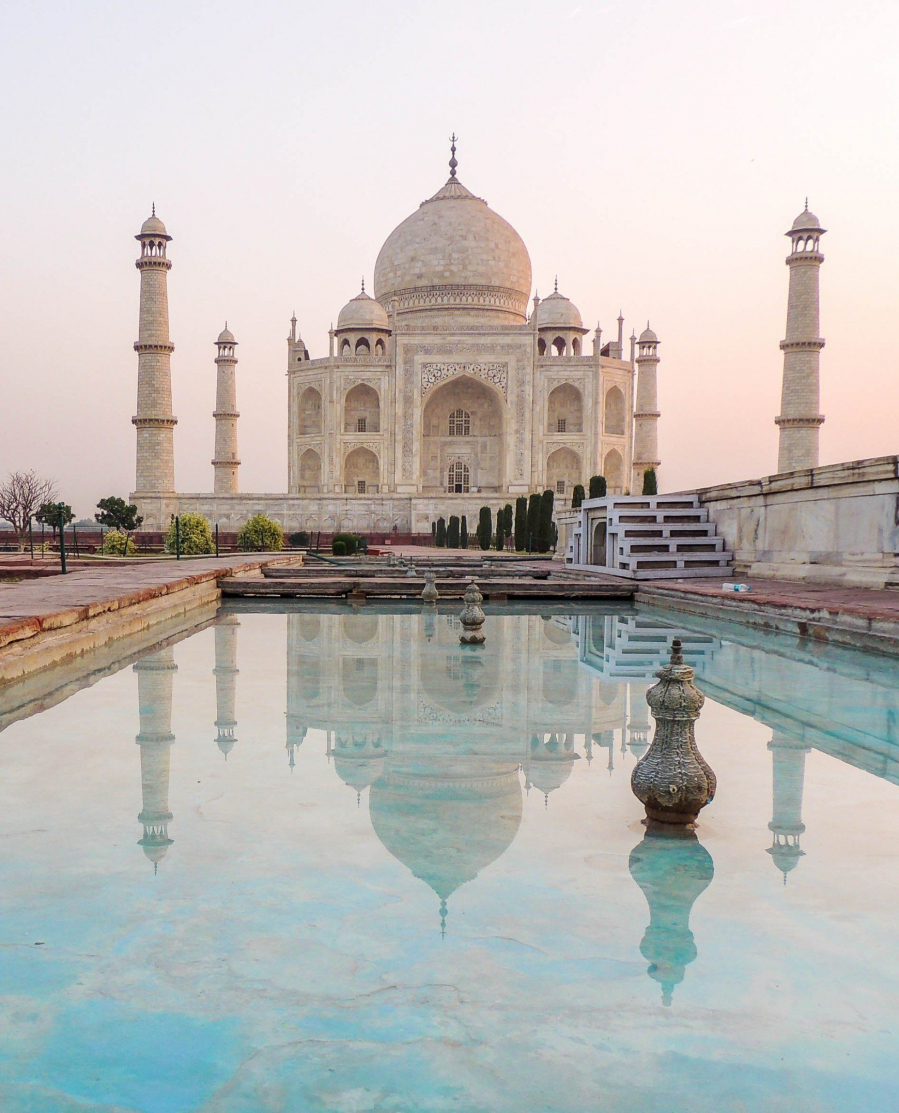
Taj Mahal Temple
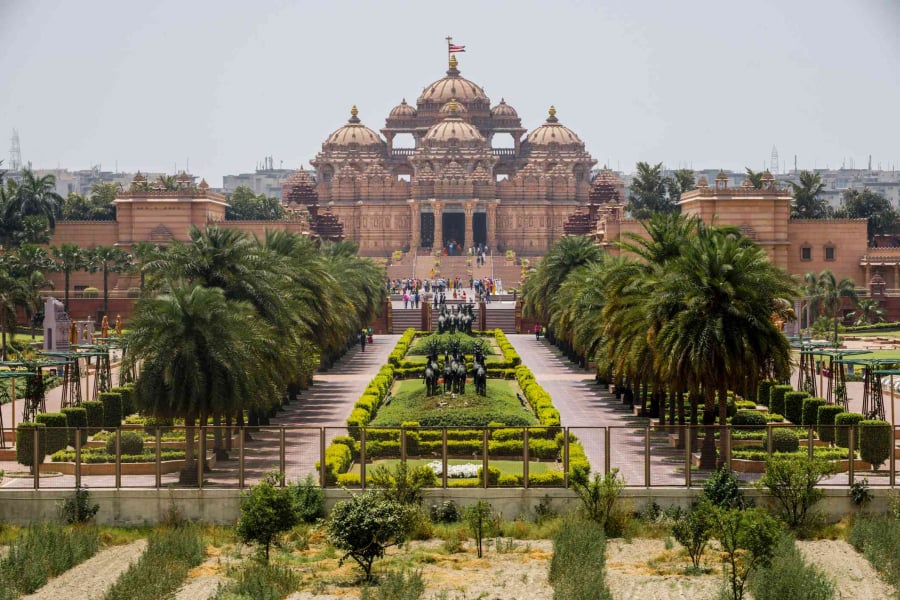
Akshardham Complex
Rajasthan, 300km southwest of Delhi, is home to the “Pink City” of Jaipur (named for its pink boulevards) or the opulent lakeside palace of Udaipur. Himachal Pradesh is the gateway to the Himalayas, 300km north of Delhi, with the resort town of Manali a popular destination for skiing, climbing and rafting.
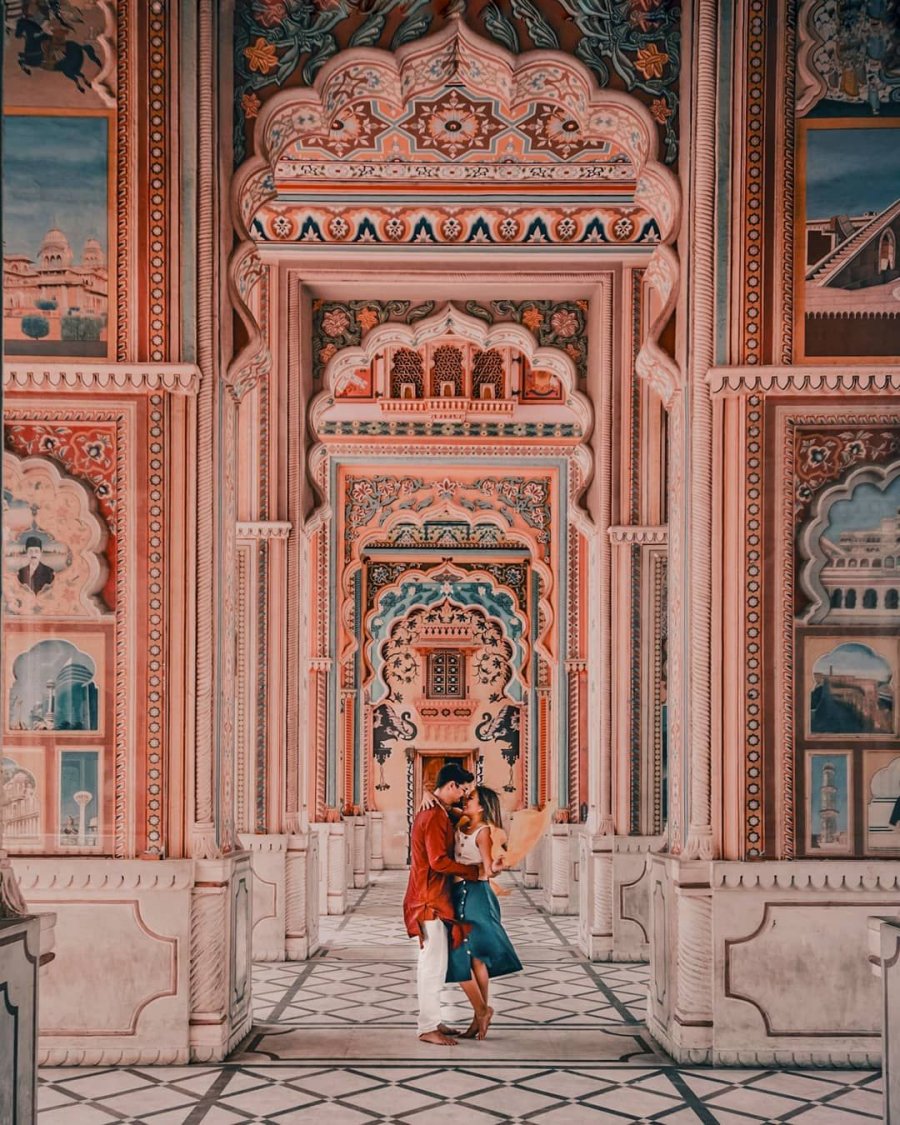
The southwest part of Delhi is the pink city of Jaipur.
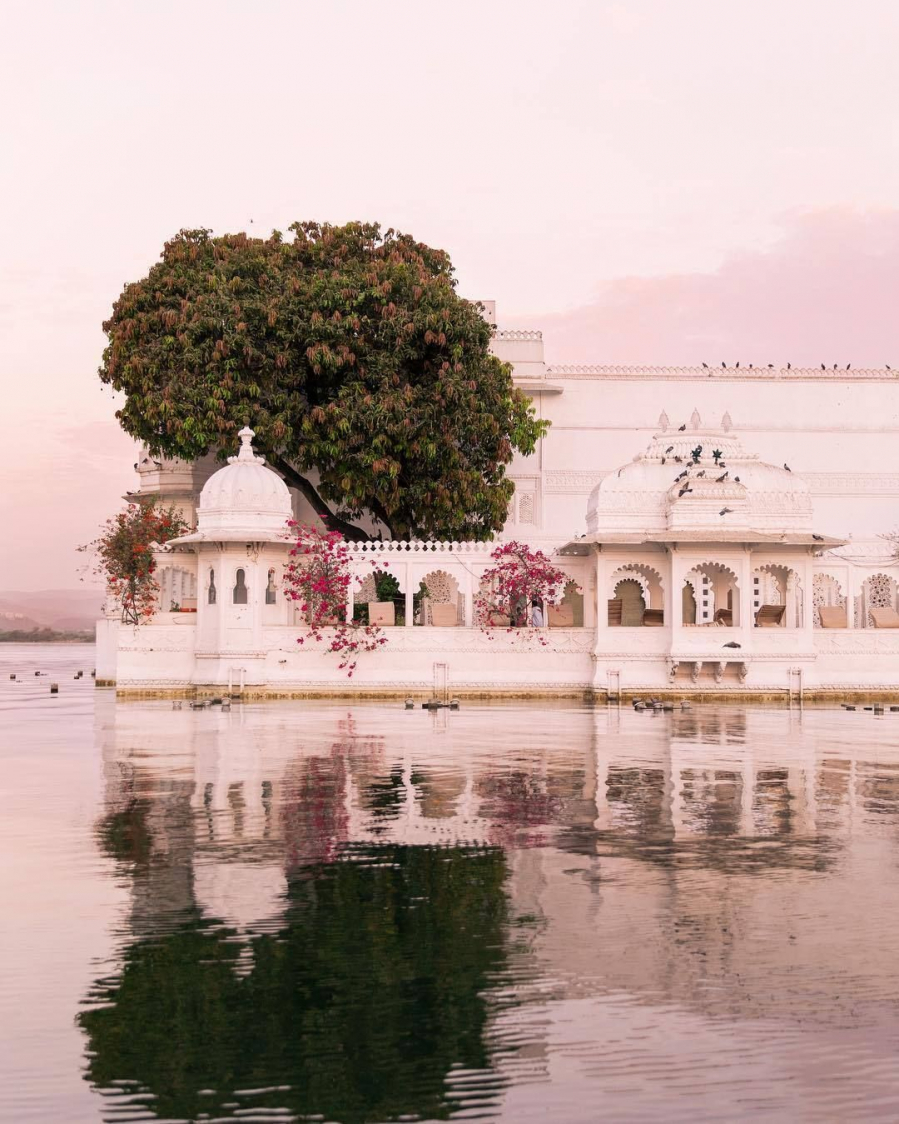
Udaipur with its lake palace is a famous destination.
Flights from Delhi to many other cities in India are frequent and affordable. Delhi's rival city, Mumbai, is just a two-hour flight southwest, and a little further afield is the coastal city of Goa for nature and beach lovers.






